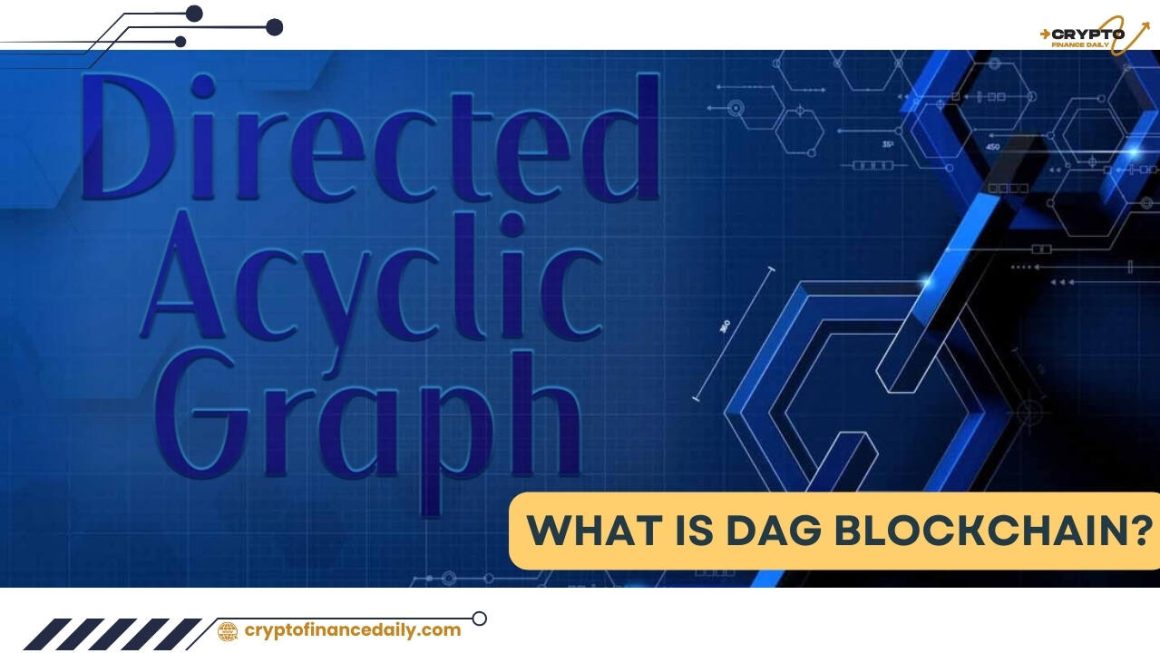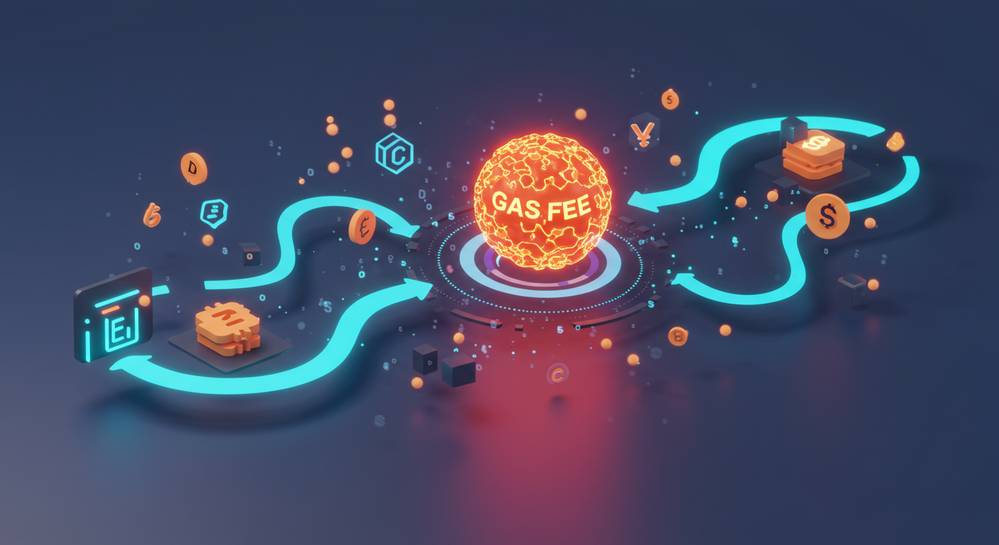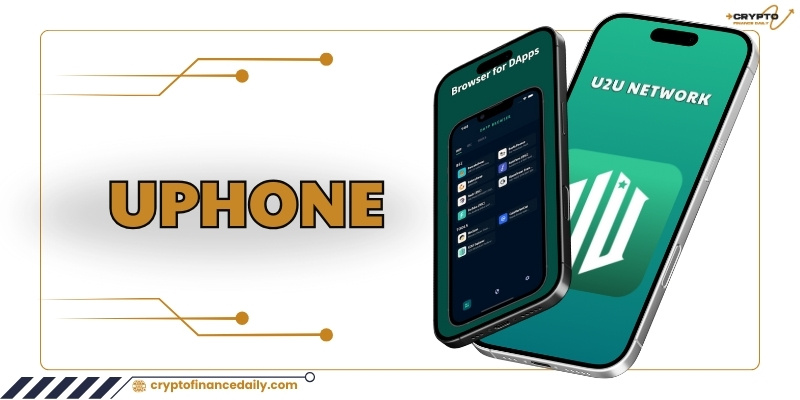In the competitive cryptocurrency market, solutions that enhance transaction speed, scalability, and cost efficiency are highly sought after. DAG Blockchain, an innovative model, not only addresses these challenges but also unlocks new potential in decentralized technology. So, what is DAG Blockchain, and how does it benefit the cryptocurrency industry?
What is DAG Blockchain?
DAG (Directed Acyclic Graph) is an advanced data structure used in the cryptocurrency space. Unlike traditional blockchains, DAG organizes data as a directed, acyclic graph. This unique structure allows simultaneous transaction processing, increasing speed, reducing costs, and improving scalability.
Key Features of DAG Blockchain
- No blocks: Instead of storing transactions in consecutive blocks like traditional blockchains, DAG organizes data into a network where each transaction links to one or more previous transactions.
- Parallel transaction Ppcessing: Multiple transactions can be processed concurrently, eliminating bottlenecks common in traditional blockchains.
- No block time: Transactions are verified instantly without waiting for the next block to be generated.
DAG Blockchain has been implemented in notable platforms like IOTA (focused on the Internet of Things), Nano (offering fee-free rapid payments), and U2U Chain (dedicated to building decentralized infrastructure networks). This technology is gaining significant attention for its fast processing and energy efficiency, opening vast potential in the tech and financial sectors.
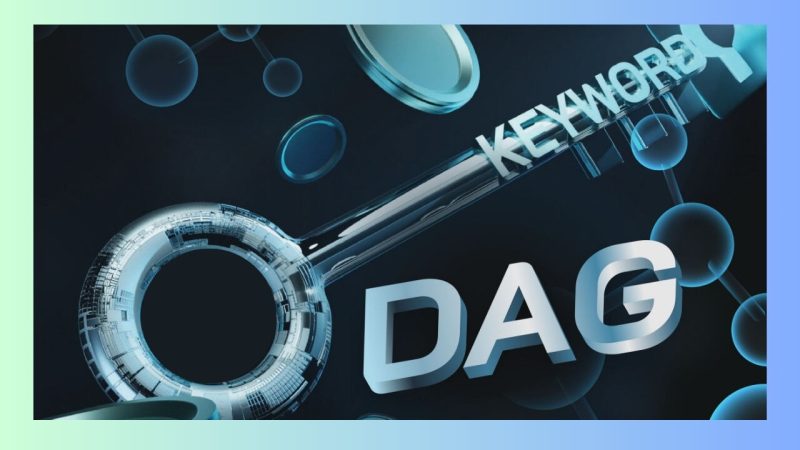
How does DAG work in Blockchain?
DAG operates differently from traditional blockchains. Instead of sequentially storing data in blocks, DAG organizes transactions as a directed, acyclic graph, enabling faster and more efficient processing.
How DAG works
- Each transaction as a node: In DAG, every transaction is represented as a node. A new transaction must reference at least two previous transactions to be validated.
- No concept of blocks: Unlike traditional blockchains, DAG doesn’t group transactions into blocks, eliminating the need for block time—the interval required to add new blocks.
- Parallel validation: Transactions are validated simultaneously. Each new transaction validates previous ones, creating a chain of references.
- No miners required: DAG eliminates reliance on traditional consensus mechanisms like Proof of Work (PoW) or Proof of Stake (PoS). Instead, network participants act as validators, reducing costs and enhancing efficiency.
Example of DAG in action
Imagine you initiate a new transaction:
- To get validated, your transaction must reference at least two prior transactions.
- Future transactions will reference yours, creating a linked chain that ensures the network’s integrity.
Advantages and limitations of DAG Blockchain
DAG Blockchain offers significant advancements over traditional blockchains but also comes with certain drawbacks. Below is a detailed analysis.
Advantages of DAG Blockchain
- High transaction speed: DAG bypasses block time limitations. Transactions are instantly validated, enabling the network to handle thousands of transactions per second.
- Low or no transaction fees: Without miners or complex consensus mechanisms like PoW or PoS, DAG achieves near-zero transaction costs. This is particularly suitable for microtransactions, such as IoT-based payments.
- Outstanding scalability: DAG eliminates bottlenecks associated with traditional blockchains. The more transactions in the network, the higher the performance, thanks to its parallel validation mechanism.
- Low energy consumption: By avoiding energy-intensive PoW mechanisms, DAG significantly reduces carbon emissions, making it environmentally friendly.
- Ideal for IoT applications: DAG’s structure is perfect for the Internet of Things (IoT) ecosystem, where numerous quick and low-cost transactions are necessary.
Limitations of DAG Blockchain
- Vulnerability to spam attacks: Low or no transaction fees make the network susceptible to spam transactions, potentially causing congestion.
- Not fully decentralized: Some DAG protocols rely on centralized coordinators, reducing decentralization compared to traditional blockchains.
- Limited smart contract support: DAG is not designed to handle complex smart contracts, restricting its utility in areas like DeFi and NFTs.
- Emerging technology: As a relatively new technology, DAG has limited adoption compared to established systems like Ethereum or Bitcoin.
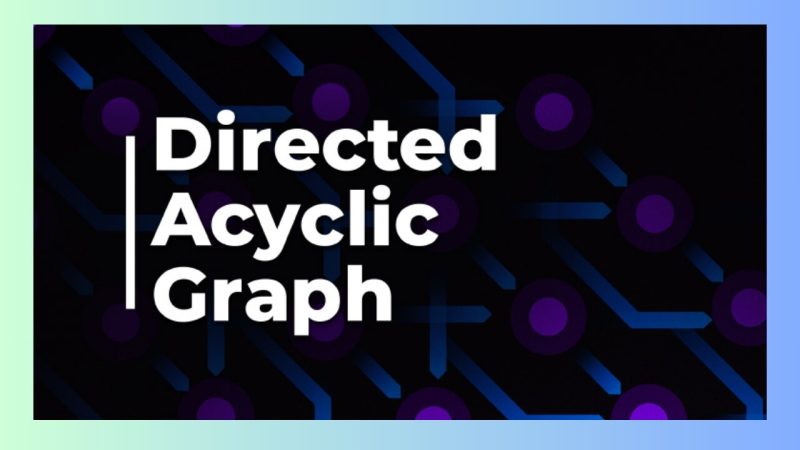
Notable applications of DAG Blockchain
DAG Blockchain is not only improving efficiency and cost but also laying the foundation for several standout cryptocurrency projects. Here are three notable examples:
Nano: Instant payment system
Nano is a cryptocurrency designed for instant and fee-free transactions, utilizing a Block-Lattice model—a hybrid of Blockchain and DAG.
How Nano works
- Each user maintains a personal blockchain (Account Chain) storing their transaction history.
- Transactions are only finalized when both sender and receiver agree on their respective chains, enhancing efficiency and reducing conflicts.
Advantages of Nano
- Zero transaction fees.
- Lightning-fast processing, ideal for microtransactions.
- Environmentally friendly due to its energy-efficient consensus mechanism.
Nano has gained attention for optimizing cost and speed in crypto payments.
IOTA: Blockchain for IoT
IOTA is a pioneer in using DAG technology for the Internet of Things. Instead of a traditional blockchain, IOTA employs a DAG structure called Tangle, allowing concurrent, fee-free transactions.
How IOTA works
- Each new transaction validates at least two prior transactions in the network.
- All participants act as validators, removing the need for miners.
Advantages of IOTA
- Free transactions, ideal for IoT devices transmitting continuous data.
- High processing speed to meet IoT ecosystem demands.
Practical application
IOTA has collaborated with companies in energy management, smart transportation, and supply chain solutions.
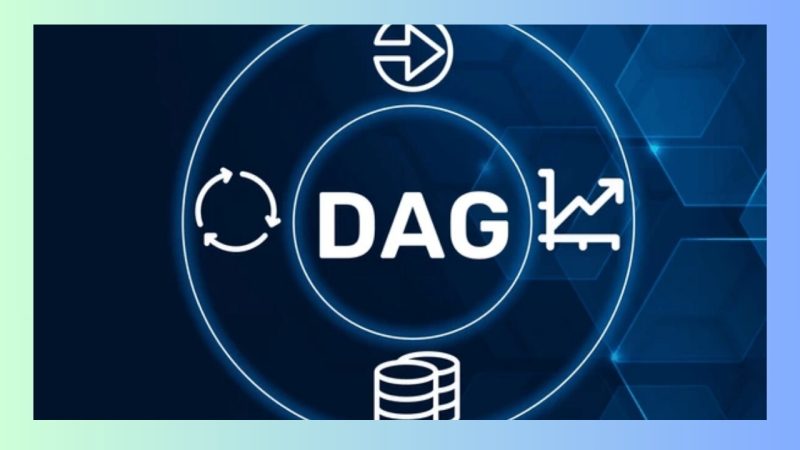
U2U Chain: Versatile Blockchain for DePIN
U2U Chain is a prominent project leveraging DAG to enhance scalability and reduce costs, aiming to build a Decentralized Physical Infrastructure Network (DePIN).
How U2U Chain works
- Using a DAG model, U2U combines subnet technology, enabling decentralized applications (dApps) to manage their data independently while maintaining records on a mainnet.
- This ensures efficiency, security, and flexibility across various fields.
Advantages of U2U Chain
- Exceptional scalability, capable of handling hundreds of thousands of transactions per second.
- Suited for DePIN applications, including IoT, wireless networks, and decentralized storage.
- Cost and energy-efficient, contributing to environmental sustainability.
Practical application
U2U Chain supports over 80 dApps and serves more than 1 million users, focusing on areas like GPU computing, IoT networks, and decentralized storage.
These applications of DAG Blockchain have demonstrated its outstanding potential in improving speed, scalability, and cost optimization compared to traditional Blockchain systems.
Thus, the concept of “What is DAG Blockchain?” has been explained in detail in this article by Crypto Finance Daily. We hope that the knowledge we have shared will help you understand and gain the most accurate perspective on this term when making investment decisions. Wishing you success!

